Festivals in Spain, with its rich cultural tapestry and diverse regional identities, boasts a myriad of festivals and holidays throughout the year. These celebrations are deeply rooted in history, religion, and local traditions, reflecting the vibrant and dynamic nature of Spanish culture. In this exploration, we’ll delve into the 20 most relevant festivals and holidays in Spain, examining their historical origins, cultural significance, and the unique ways in which they are celebrated across the country.
1. New Year’s Day (Año Nuevo) – January 1st
The arrival of the new year is celebrated across Spain with festive gatherings, fireworks, and the clinking of glasses. A distinctive Spanish tradition is the eating of twelve grapes at the stroke of midnight, symbolizing good luck for each month of the upcoming year. The lively atmosphere and jubilant spirit make New Year’s Day a joyful start to the annual festival calendar.
2. Epiphany (Día de Reyes) – January 6th
Epiphany, also known as Three Kings’ Day, is a major holiday in Spain, commemorating the visit of the Magi to the baby Jesus. The day is marked by parades featuring elaborately decorated floats carrying the “Three Kings,” who distribute sweets and small gifts to children. Families gather for festive meals, and the consumption of the Roscón de Reyes, a sweet bread ring, is a delicious tradition.
3. Carnival (Carnaval) – February/March
Carnival season is a time of exuberance and revelry, celebrated with vibrant parades, elaborate costumes, and lively street parties. Cities like Cadiz and Tenerife are renowned for their Carnival festivities, where locals and visitors alike join in the merriment before the onset of the Lenten season.
4. Semana Santa – Holy Week (March/April)
Semana Santa, or Holy Week, is a poignant and deeply religious observance held in the week leading up to Easter Sunday. Cities and towns across Spain, such as Seville, Malaga, and Granada, host elaborate processions featuring hooded penitents, religious statues, and intricate floats. The atmosphere is one of solemnity and reflection, emphasizing Spain’s strong Catholic heritage.
5. Easter (Pascua) – Date Varies
Easter Sunday marks the culmination of the Lenten season and is celebrated with religious services, festive meals, and various regional traditions. Valladolid, for example, is known for its elaborate processions that blend artistry and religious devotion.
6. Labor Day (Día del Trabajador) – May 1st
May 1st is celebrated as International Workers’ Day, and in Spain, it is known as Labor Day. Workers’ unions and organizations organize rallies and demonstrations to advocate for workers’ rights. It is a day of solidarity and a reminder of the importance of fair labor practices.
7. Feria de Abril (April Fair) – April
Held in Seville, the Feria de Abril is a week-long celebration that marks the arrival of spring. The fairgrounds are adorned with colorful tents (casetas), traditional Sevillian costumes are worn, and festivities include flamenco music and dance, horse parades, and traditional Andalusian food and drinks.
8. Mother’s Day (Día de la Madre) – First Sunday of May
Mother’s Day is a day to honor and appreciate mothers for their love and sacrifices. Families come together for special meals, and children often express their gratitude with flowers, cards, or small gifts.
9. San Juan – June 23rd
San Juan, celebrated on the night of June 23rd, marks the summer solstice with bonfires, beach parties, and fireworks. It is a magical night, especially in coastal areas, where people gather on the beaches to celebrate the shortest night of the year. Traditional rituals, such as jumping over bonfires, add a mystical element to the festivities.
10. Running of the Bulls (San Fermín) – July
San Fermín, held in Pamplona in July, is one of Spain’s most famous and controversial festivals. The week-long celebration features processions, music, and traditional events, with the highlight being the daily Running of the Bulls. Participants dash through narrow streets alongside charging bulls, a tradition that has garnered international attention and raised concerns about animal welfare.
11. La Tomatina – Last Wednesday of August
La Tomatina, held in Buñol near Valencia on the last Wednesday of August, is a unique and world-famous festival where participants engage in a massive tomato fight. The origins of La Tomatina are somewhat unclear, but it has become a symbol of joy and celebration, attracting participants from around the globe to partake in the chaotic and vibrant event.
12. Assumption of Mary (Asunción de la Virgen) – August 15th
This religious holiday, celebrated on August 15th, honors the Virgin Mary’s assumption into heaven. It is marked by religious services, processions, and a reflection on the significance of Mary in Catholic theology.
13. La Mercè – Late September
La Mercè is the patron saint of Barcelona, and the city celebrates its festival in late September. The festival encompasses a wide range of events, including processions, concerts, and street performances. Notably, the Correfoc features participants dressed as devils dancing through the streets with fireworks, adding an exhilarating and unconventional element to the festivities.
14. National Day of Spain (Día de la Hispanidad) – October 12th
Celebrated on October 12th, this day commemorates Christopher Columbus’s arrival in the Americas in 1492. It is a national holiday with military parades, traditional music and dance, and various cultural events. The day symbolizes Spain’s historical connections with Latin America and recognizes the shared cultural heritage of Spanish-speaking countries.
15. All Saints’ Day (Día de Todos los Santos) – November 1st
Observed on November 1st, All Saints’ Day is a time for families to remember and honor deceased loved ones. Many people visit cemeteries, where graves are adorned with flowers and candles. It is a day of reflection and a celebration of the lives of those who have passed away.
16. Christmas (Navidad) – December 25th
Christmas celebrations in Spain are marked by festive meals, gatherings with family and friends, and the exchange of gifts. The season starts on December 24th with a special dinner, often featuring traditional dishes. Midnight Mass (La Misa del Gallo) is a significant religious observance, and Christmas Day itself is a public holiday.
17. New Year’s Eve (Nochevieja) – December 31st
The year concludes with festive celebrations on New Year’s Eve, or Nochevieja. Spaniards gather with loved ones, attend street parties, and enjoy a festive dinner. The tradition of eating twelve grapes at the stroke of midnight, known as las doce uvas de la suerte, is observed for good luck in the coming year. Fireworks illuminate the night sky, and the celebration continues into the early hours of the New Year.
18. Corpus Christi – Date Varies
Corpus Christi is a religious celebration observed in many Spanish cities, with particularly elaborate festivities taking place in Toledo. The festival, held on the Thursday following Trinity Sunday, involves grand religious processions, where the Eucharist is displayed in ornate monstrances. One of the distinctive features of Corpus Christi in Spain is the creation of alfombras de flores, or floral carpets, which adorn the streets with intricate designs crafted using flower petals and other natural materials.
19. La Nochevieja – New Year’s Eve in Puerta del Sol
La Nochevieja, or New Year’s Eve, is a festive and joyous celebration across Spain. The most iconic gathering takes place in Madrid’s Puerta del Sol, where thousands of people gather to welcome the New Year. The tradition involves eating twelve grapes at the stroke of midnight, symbolizing good luck for each month of the upcoming year. The event is broadcast nationwide, capturing the spirit of optimism and unity as Spaniards bid farewell to the old year and welcome the new.
20. Dia de la Hispanidad – National Day of Spain – October 12th
Dia de la Hispanidad, or Spain’s National Day, is celebrated on October 12th each year. It commemorates Christopher Columbus’s arrival in the Americas in 1492 and marks the shared cultural heritage of Spanish-speaking countries. The day is celebrated with military parades, traditional music and dance, and various cultural events. In Spain, the national flag is prominently displayed, and the Royal Family participates in official ceremonies. Dia de la Hispanidad serves as a moment of national pride and unity, celebrating Spain’s historical connections with Latin America and recognizing the diversity that defines the Spanish-speaking world.
21. Las Fallas – March 15th to 19th
Las Fallas is a unique and spectacular festival celebrated in the city of Valencia from March 15th to 19th. The festival is a vibrant display of art, music, and pyrotechnics, attracting locals and tourists alike. The central focus of Las Fallas is the creation and display of intricate sculptures called “ninots,” which are large and elaborate figures often satirizing political figures or current events. The festival begins with the construction and installation of these ninots throughout the city. Each neighborhood, or “falla,” creates and exhibits its own sculptures, showcasing incredible craftsmanship and artistic expression. The culmination of Las Fallas occurs on the night of March 19th, known as “La Cremà” (The Burning). In a grand finale, all the ninots, except for one chosen by popular vote, are set ablaze in a spectacular display of flames and fireworks. Las Fallas is not only a celebration of art and creativity but also a reflection of Valencia’s vibrant community spirit. The festival includes daily parades, traditional costumes, music, and street performances, creating a lively and festive atmosphere. Las Fallas is a testament to the resilience and joy of the Valencian people, who come together to celebrate their cultural identity and artistic heritage. The festival has been recognized as a UNESCO Intangible Cultural Heritage, highlighting its significance in preserving and promoting Spain’s cultural diversity.
In conclusion, these 21 festivals and holidays form a kaleidoscope of cultural expression in Spain. Each celebration is a unique reflection of the country’s history, religious beliefs, and regional diversity. From the solemnity of Semana Santa to the exuberance of La Tomatina, Spain’s festivals are not merely events on a calendar but vibrant expressions of community, identity, and the enduring spirit of the Spanish people. They serve as a testament to Spain’s ability to blend ancient traditions with modern celebrations, creating a cultural landscape that is both richly diverse and universally captivating.


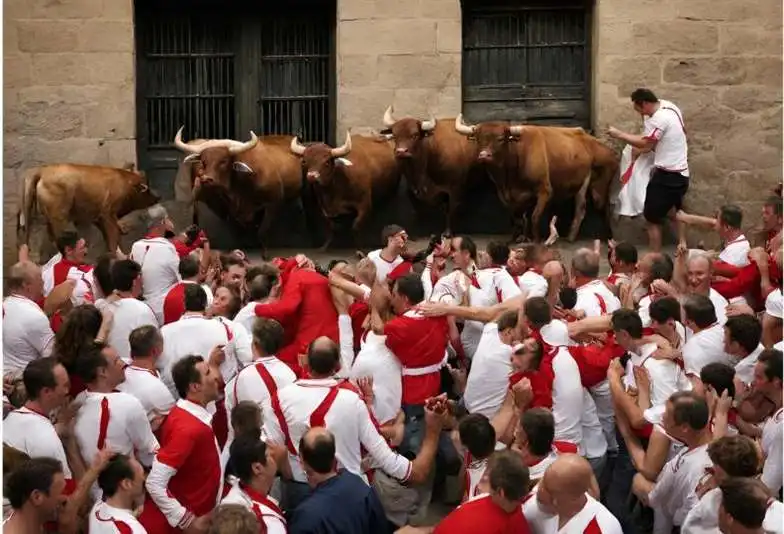



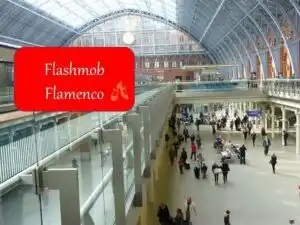


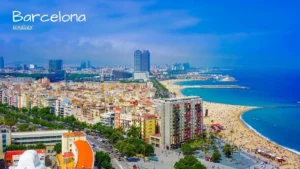
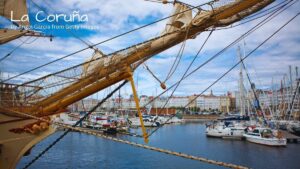
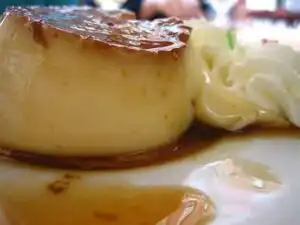
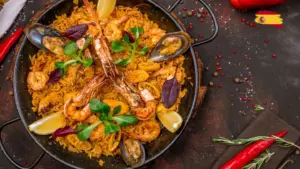
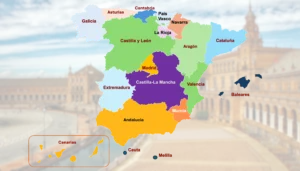
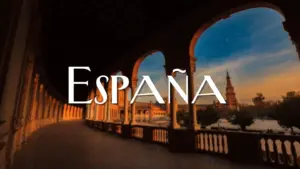
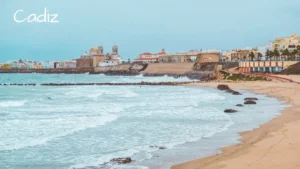
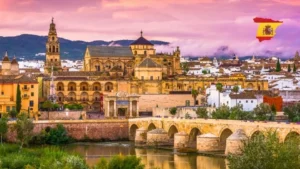
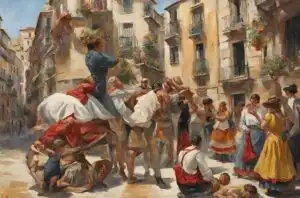
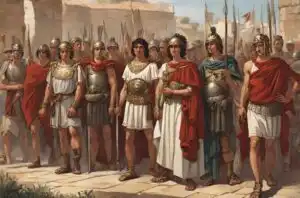
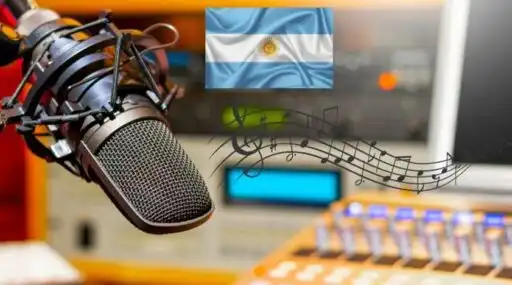
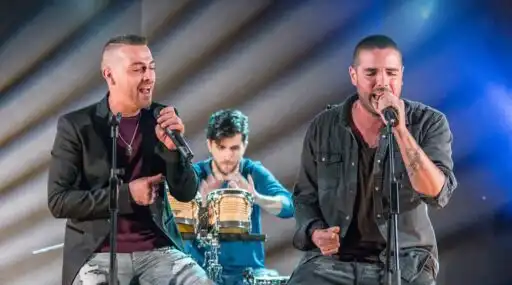
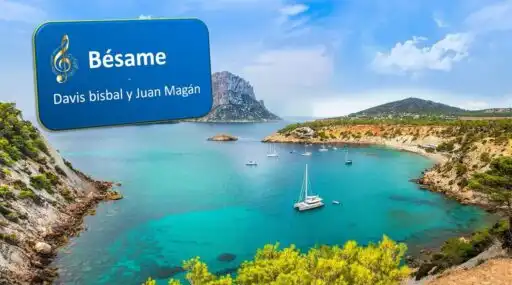

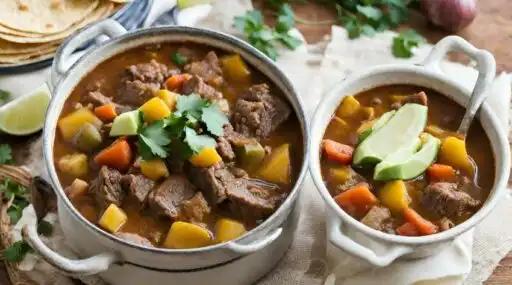
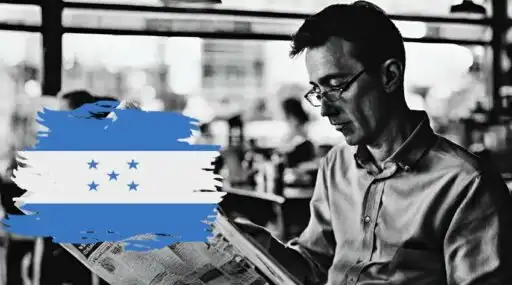

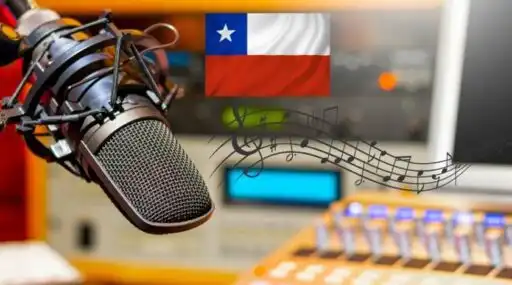
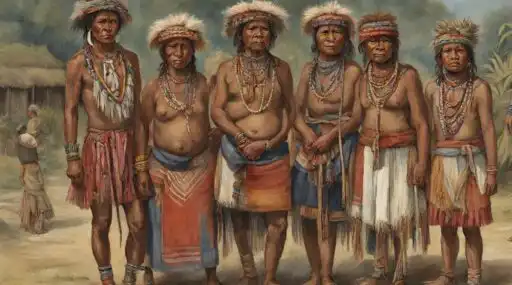
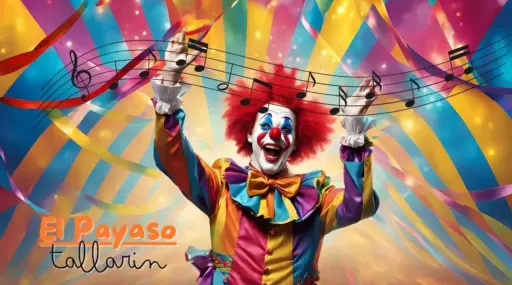
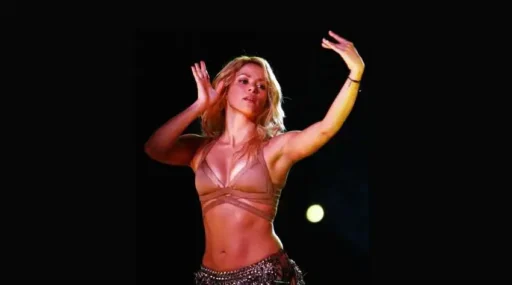
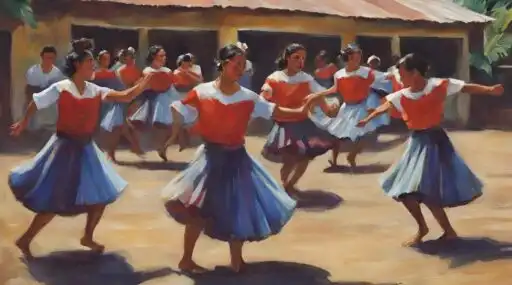
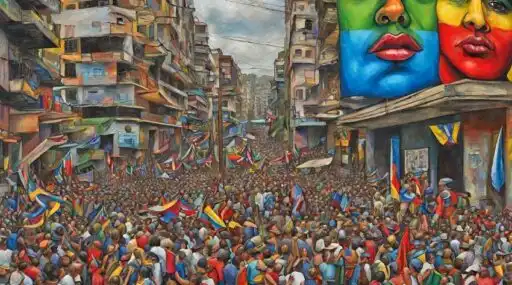
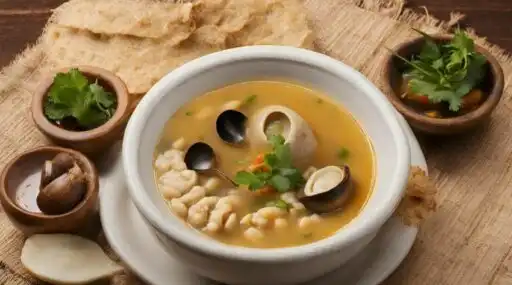

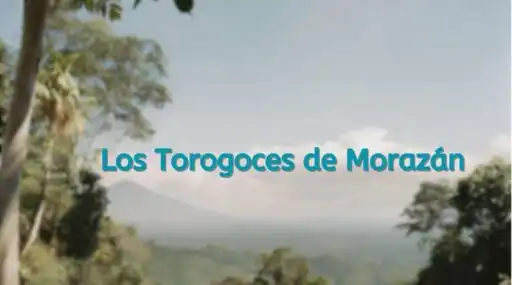

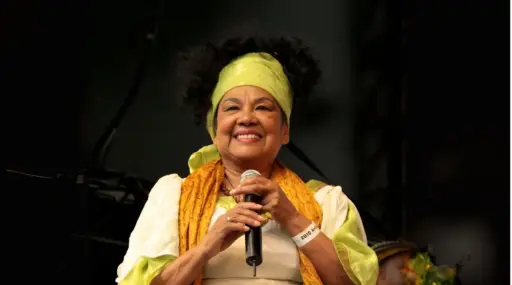
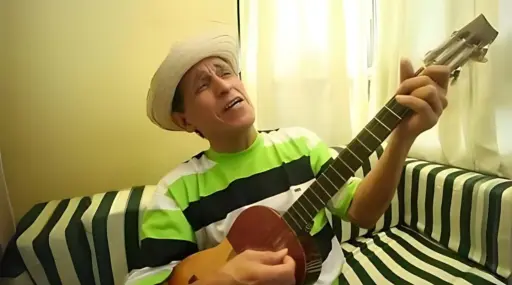
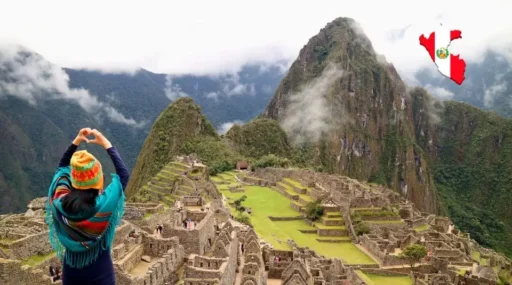
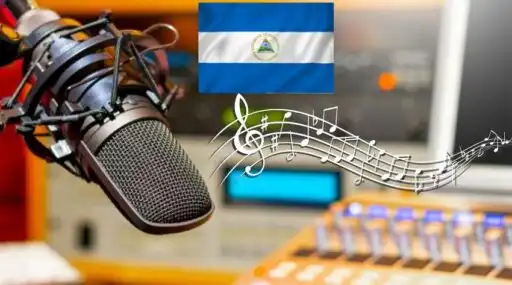


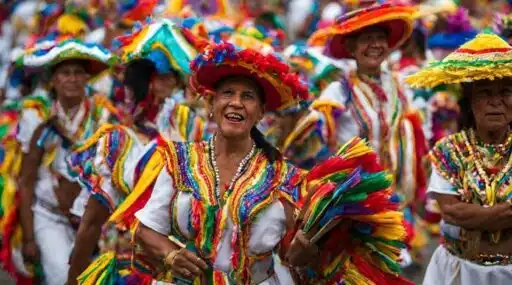
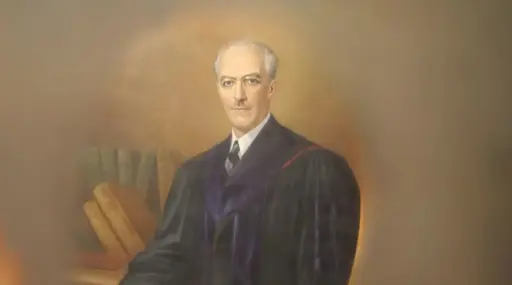
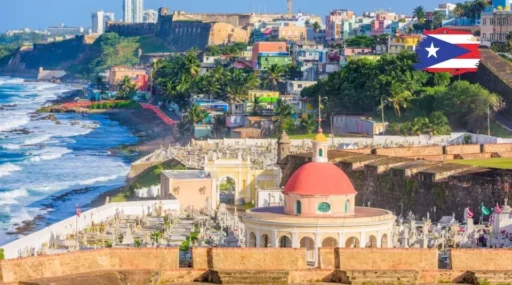


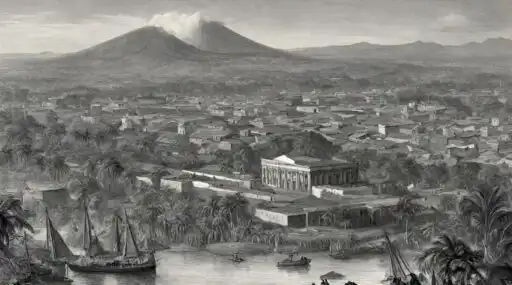

Leave a Reply